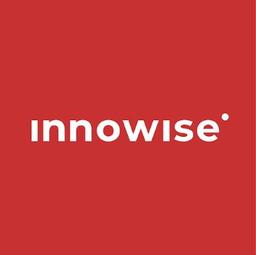Top Data Discovery Companies in Соединенные Штаты Америки
Are you wondering if you should incorporate data discovery solutions or not? Data discovery is a process aimed for business users to visually navigate data and detect patterns and outliers to predict results in an informed manner. Data discovery services allow users to identify data and Looking exceptions that were previously unnoticed. Out of the numerous available companies, Business Agencies has curated a list of Top data discovery companies in Соединенные Штаты Америки that empowers the user to Looking all the available information in spite of limited specialized skills or knowledge of statistical analysis.
1 Companies
Custom Software Development Company Innowise Group is a prominent software development company in the St. Petersburg, Tampa Bay area, Florida. With headquarters in Warsaw, Poland, and offices in several countries including the USA, we serve clients locally and globally. With 16+ years of experience and a team of 1500+ skilled specialists, we create innovative software solutions using cutting-edge technologies. We specialize in tailored tech solutions that streamline processes and enhance customer satisfaction. Our custom software is designed to meet your unique requirements, timeline, and budget. At Innowise Group, we offer end-to-end software development services. From conceptualization to testing, deployment, and support, we handle the entire process. Our expertise extends to UX/UI desigRead More
$25-49/hr
1000+
2007
Соединенные Штаты Америки
